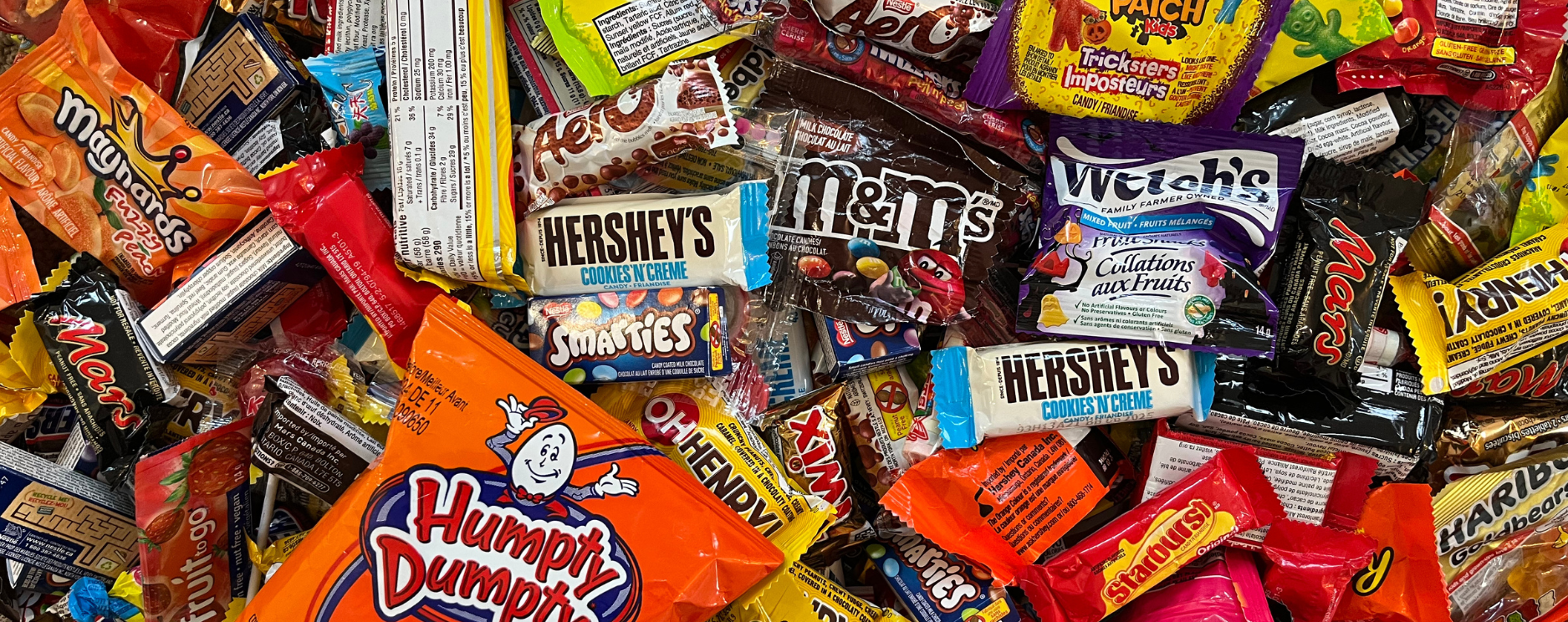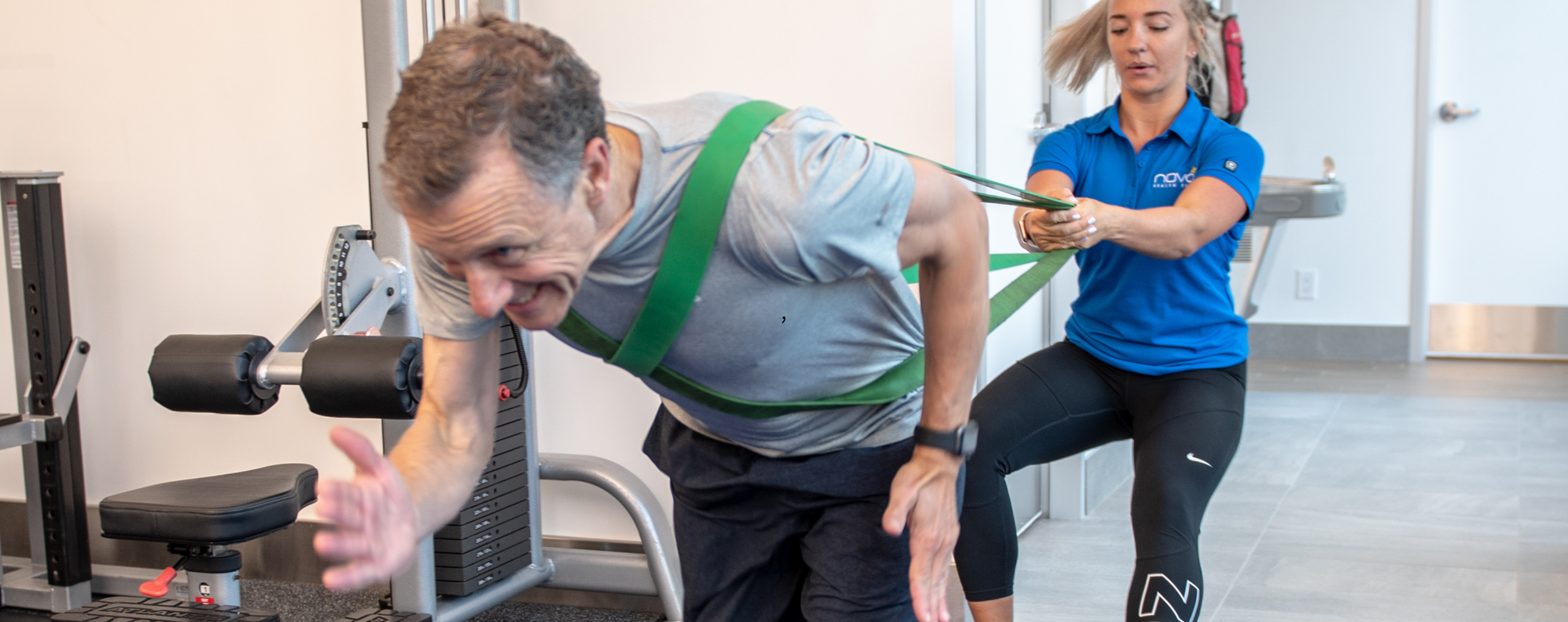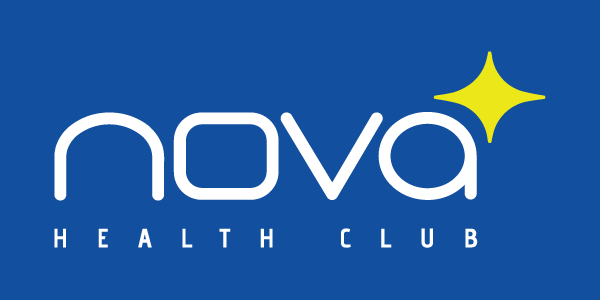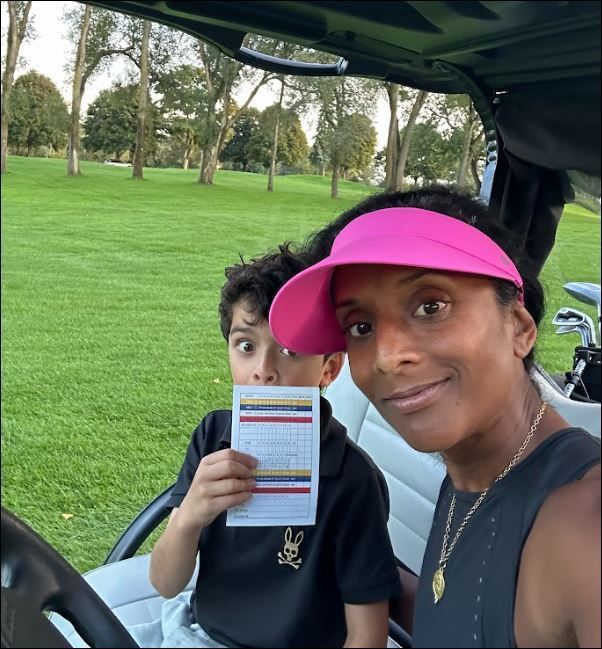Refueling with Carbohydrates Part 2 - Source
Carbohydrate Sources and Understanding Glycemic Index (GI)
Welcome to Part 2 of Refueling with Carbohydrates! In Part 1 we looked at the quantity of carbohydrates you should be eating through the lenses of a low- and high-carbohydrate diet. Today we’ll take a look at where the majority of these carbohydrates should be coming from.
When choosing sources of carbohydrates, sticking to healthier sources, when possible, is your best bet. This means choosing carbohydrate sources that are whole grain, high in fibre and usually having a low glycemic index. Glycemic index (GI) makes reference to a food’s ability to increase blood sugar. High GI foods increase blood sugar a lot and fast, whereas low GI foods only increase blood sugar less and at a slower rate. Brown rice, whole wheat pasta, beans and vegetables are all good options that fit our criteria for healthy carbs (yes, veggies have carbohydrates!).
With respect to carbohydrates from veggies, some vegetables will deliver quite a hit of carbohydrates, while others have almost none. For example, one cup of baked yams has 37 grams of carbohydrates, while one cup of cabbage only has 7 grams! Vegetables can be an extremely valuable tool in managing satiety (fullness) and carbohydrate intake. Because they are high in fiber and have so many useful minerals and micronutrients, using higher carbohydrate vegetables as a primary source of energy is a great idea! Conversely, vegetables lower in carbohydrates, also high in fibre may be useful in staving off hunger without blowing your ‘calorie budget’.
Returning to glycemic index (GI), there are different cases where you might benefit from low vs. high GI carbohydrates. If you need to
rapidly replenish your carb stores (after an intense workout or a tennis match), higher glycemic index carbohydrates (>70) are advised (potatoes, yams, breads, rice and some types of fruit). If you are seeking to lose weight, and are not between same-day bouts of exercise, then lower glycemic index carbohydrates are recommended, since they release glucose more slowly (broccoli, beans, carrots). Check out this handy link to some common foods and their
GI values.
Insofar as fruits, you should try to stick to those rich in fibre such as apples, berries and pears. Fruit is also a great option for refueling between same-day training sessions, hikes, or sporting events since it has some rapidly absorbed simple sugars!
Let’s look at two examples of daily carbohydrate intake:
High-carbohydrate, variable GI
Brent is an athletic 59-year-old trainee who plays golf and tennis during his leisure time. He is trying to maintain his weight. He wakes up and eats a bowl of oats with chia seeds and a handful of berries for breakfast (high-carb, low-GI). He trains at Nova at 11am then goes home for a virtual meeting. For lunch he eats some yams with rice (high-carb, high-GI) in preparation for his tennis match at 3pm. For dinner Brent eats a salmon steak, with some collard greens and barley (high-carb, low-GI).
Low-carbohydrate, low-GI
Marjorie is a newer trainee who is trying to lose weight, specifically fat mass. She wakes up and eats a bowl of greek yogurt with dark chocolate and pistachios (low-carb, low-GI). She trains at Nova from 7-8am then starts her work day. As a snack she eats a protein bar with some black coffee. By 1pm, it’s lunch time. Marjorie eats a tin of sardines with some green peppers and hummus (low-carb, low-GI). For dinner, Marjorie eats a spinach and arugula salad with lentils and a few candied pine nuts (low-carb, low-GI).
We see how different lifestyles and health goals can dictate which carbs we eat and in what quantities! I hope that this information has helped you decide which carbohydrates to fuel up on, and which to (mostly) avoid! Stay tuned for Part 3 of Refueling with Carbohydrates - Timing Your Intake!.
Want to join a fun community supported way to improve your nutrition? Stay tuned for The Nova Nutrition Challenge launching in January 2022. In the meantime, coach Zack will be leading a 1 month mini nutrition challenge this fall. For more info, contact Zack below.











